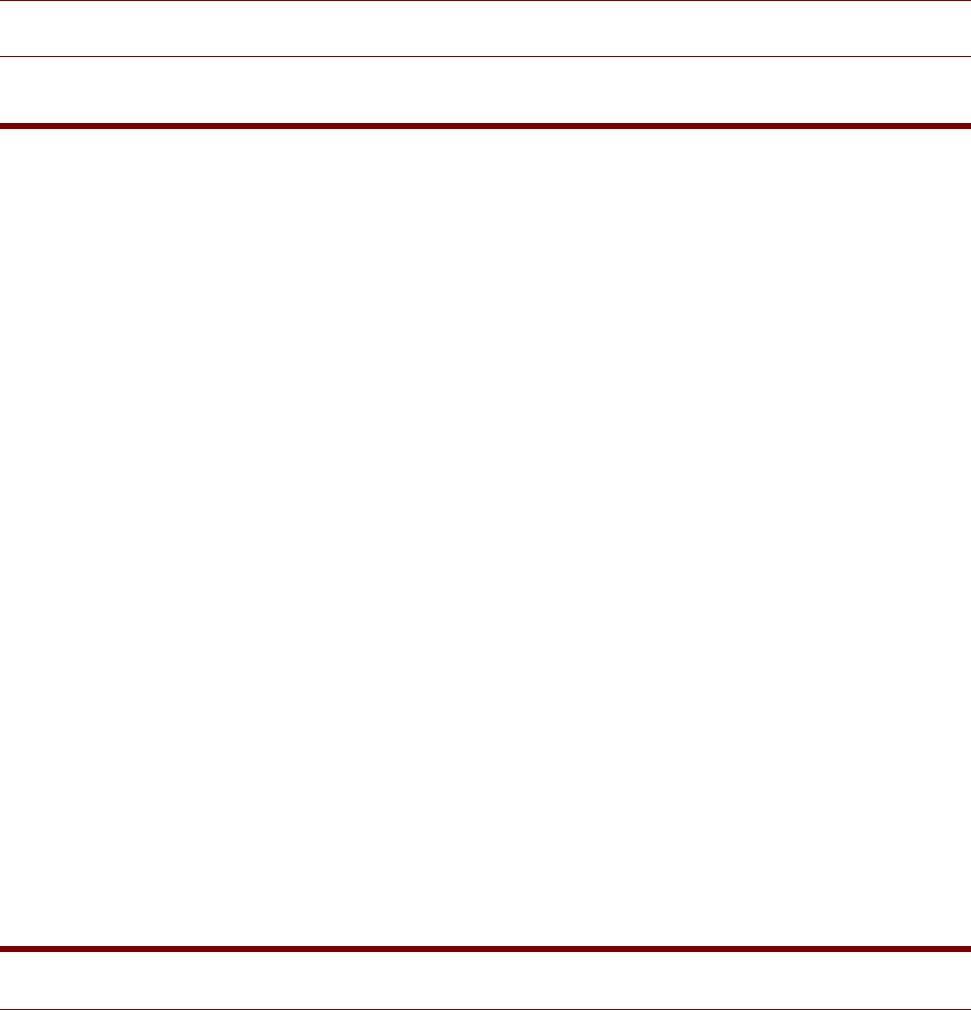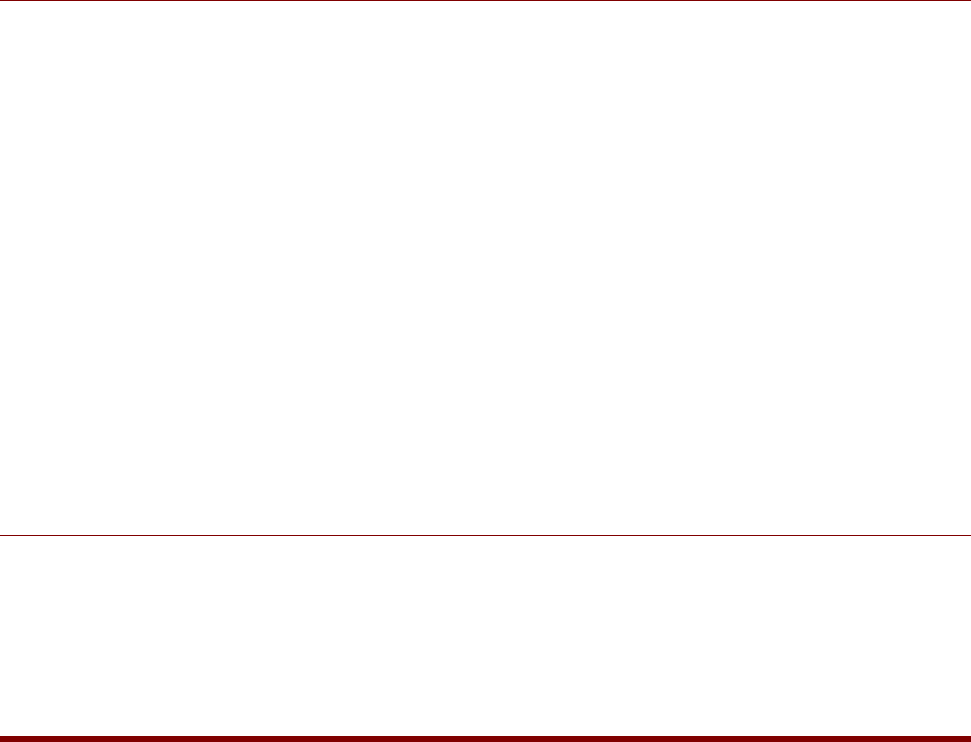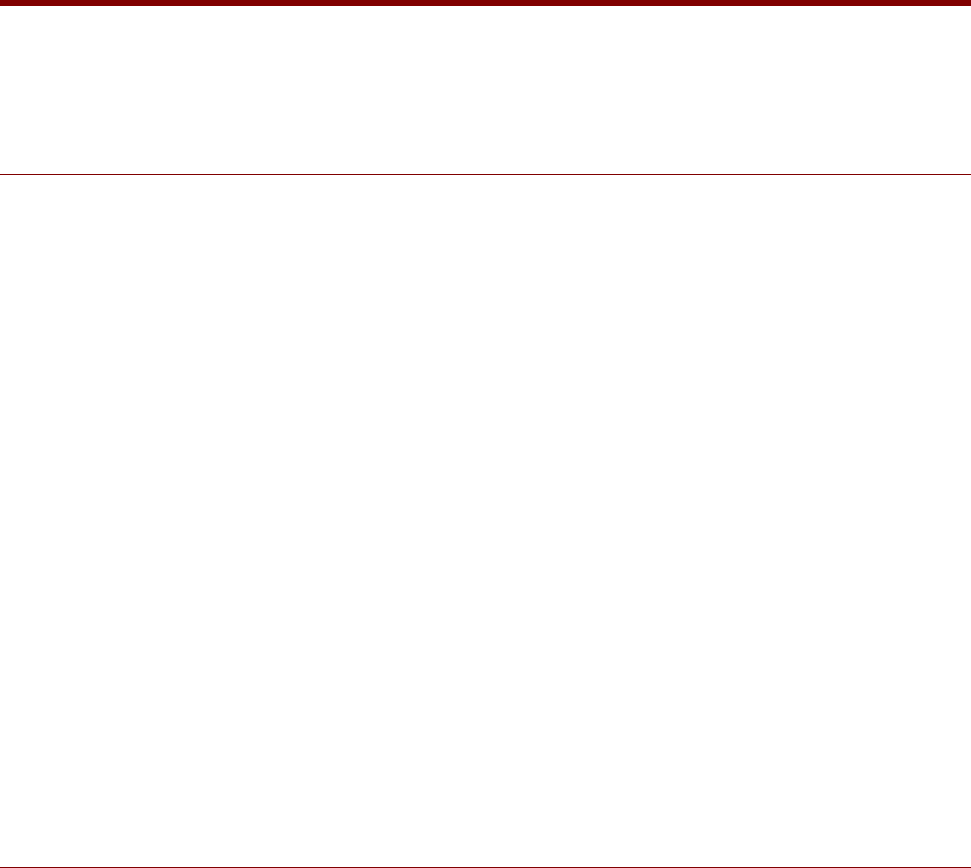
MORTGAGE EXAMINATION OVERVIEW
INTRODUCTION
The Texas Department of Savings and Mortgage Lending (SML) ensures compliance with
the Residential Mortgage Loan Company Licensing and Registration Act, Mortgage Banker
Registration and Residential Mortgage Loan Originator License Act, Texas Secure and Fair
Enforcement for Mortgage Licensing Act, Truth in Lending Act (TILA), Real Estate
Settlement Procedures Act (RESPA), Equal Credit Opportunity Act (ECOA), Fair Credit
Reporting Act (FCRA), Bank Secrecy Act (BSA), Gramm-Leach-Bliley Act (GLBA) and
applicable regulations through supervisory and outreach programs. SML conducts three
types of supervisory activities: compliance examinations, investigations, and visitations.
Compliance examinations are the primary means SML uses to determine whether a
mortgage company or mortgage banker and its sponsored Residential Mortgage Loan
Originators (RMLOs) are meeting the responsibility of compliance with the requirements and
guidelines of consumer protection laws and regulations. Investigations are conducted to
follow up on particular consumer inquiries or complaints. Visitations, while rare, are
conducted on occasion by SML to review a company’s and sponsored RMLOs’ progress on
corrective actions in the interval between compliance examinations. Visitations are usually
targeted events aimed at specific operational areas, or entire compliance management
systems, previously identified as significantly deficient.
This document provides a general overview of the SML compliance examination. The
purposes of compliance examinations are to:
• Review compliance with relevant laws and regulations;
• Assess the quality of the compliance management system for implementing state
and federal consumer protection statutes and regulations; and
• Initiate effective supervisory action when elements of the compliance management
system are deficient or when significant violations of law are found.
EXAMINATION APPROACH
Determining Risk
The scheduling of SML compliance examinations is based on a risk-focused approach that
incorporates factors such as prior examination rating, length of time since last examination,
consumer complaints, past enforcement actions, inconsistent licensing information,
inaccurate advertising, and Mortgage Call Report data. Risk focusing involves using
information gathered about the company and/or RMLO from these primary areas to direct
SML examiner resources to those operational areas that present the greatest risk in
compliance and to Texas consumers. Examiners will use their discretion to determine the
need for expanding the scope of the review.

Evaluating the Compliance Management System
The examiner considers the compliance risk profile using various sources of information
including business lines, organizational structure, operations, and past supervisory
performance. In addition, previous compliance examinations may have revealed either the
complete absence of or significant deficiencies in the compliance management systems.
Factors used in measuring adequacy include:
• Knowledge level and commitment of the company and personnel
• Responsiveness to compliance deficiencies
• Information systems and proper settings
• Policies and procedures
• Training program
Based upon the results of this review, the examiner may conclude that weaknesses in the
compliance management system may result in current or future noncompliance with
consumer protection laws, regulations, or policy statements. SML expects the company to
have a viable system in place to manage its compliance risk, consistent with size and
product mix.
Unlicensed Activity
A reconciliation of NMLS licensing records against the company’s records will sometimes
reveal activity that is unlicensed. For example, an individual who originated loan applications
prior to his/her license approval or with an expired license has conducted unlicensed activity.
Another common example is a loan “processor” who processed loans as an independent
contract loan processor without having obtained a license.
ROLE OF THE MORTGAGE EXAMINER
Mortgage examiners play a crucial role in the supervisory process. The compliance
examination, along with follow-up supervisory attention to compliance program deficiencies
and violations, helps to ensure that consumers obtain the benefits and protections afforded
them under state and federal law. To this end, an examiner's efforts should help companies
improve their compliance posture and prevent future violations.
Primarily, examiners will conduct transaction testing, review required policy and program
documents, evaluate the compliance management system, and adjust the scope based on
assessed risk areas.
As part of the examination process, examiners are expected to:
• Use a common-sense approach to examining and sound judgment when making
decisions.
• Maintain ongoing communication with the Qualified Individual (QI) or designated
representative(s).
• Provide sound recommendations for improving performance and enhancing the
compliance management system.

• Share experience and knowledge of successful compliance management systems.
• Provide guidance regarding the various consumer and fair lending laws and
regulations.
EXAMINATION MANAGEMENT
Mortgage examinations primarily involve four stages: pre-examination planning and
analysis, review of records, reaching conclusions, and communicating findings via meetings
and a report of examination.
Pre-examination Planning and Analysis
Pre-examination planning involves gathering information available in SML records and the
Nationwide Mortgage Licensing System & Registry (NMLS) and delivering prior notification
to the mortgage company's QI or mortgage banker's designated representative of a pending
examination.
Prior notification begins with a telephone call or e-mail to determine a record delivery date
that is acceptable to both parties. Once the examination timeframe is determined, the
Examination Notification Letter and Mortgage Compliance Guide are delivered via e-mail at
which time the examination is considered to be initiated. The examination will be conducted
through the State Examination System (SES). This means that Information Requests, loan
files, and the Report of Examination will be securely transmitted through the system. The
examination notification e-mail includes the deadline for delivery of the transaction log, initial
information request items, loan files, and instructions on how to access SES.
Once the transaction log is received, the examiner conducts a thorough review to determine
the loan sample. Beneficial data includes: a list of sponsored RMLOs with current license
status dates, a list of offices, quarterly mortgage call report data, and prior examination
information including the report of examination. NMLS licensing records are reviewed for
loan originators listed on the transaction log to verify proper licensure. Thorough examination
preparation and advanced planning maximizes the examiner's time and resources. The
scope of an examination may be expanded based upon the presence of violations, a lack of
necessary procedures or controls, red flags or inconsistencies identified during the
examination, or the company's overall views about compliance.
Examination
During the record review phase of an examination, the examiner thoroughly reviews the
selected loan files; assesses the quality and viability of the compliance management system;
and documents any system weaknesses and violations of consumer protection laws and
regulations. The compliance review includes, among other things, an evaluation of the
effectiveness of training.
During the loan file review, the examiner completes an Application Compliance Worksheet
for each of the loan files selected from the transaction log. In addition, examiners use
ComplianceEase software, on a limited scale, as a tool in the file review.

Compliance Management Program
A sound compliance program is essential for the efficient and successful operation of a
company. It is expected that no two compliance programs will be the same, and that the
formality of a program will be dictated by a variety of considerations, including the volume of
business, number of branches, number of licensed RMLOs, and the variety and types of
products.
Policies and Procedures
Compliance policies and procedures generally should be described in a document, to be
reviewed and updated as the business and regulatory environment changes. Policies should
be established to include goals, objectives, and appropriate procedures for meeting those
goals and objectives. Generally, the degree of detail or specificity of procedures will vary in
accordance with the complexity of the issues or transactions addressed. Policies and
procedures should provide citations of regulations and definitions, sample forms with
instructions, RMLO policies, and, where appropriate, directions for routing, reviewing,
retaining, and destroying transaction documents.
Monitoring
Monitoring is a proactive approach to identify procedural or training weaknesses in an effort
to preclude regulatory violations. An effective monitoring system includes regularly
scheduled reviews of:
• Disclosures and calculations for various product offerings
• Document filing and retention procedures
• Posted notices, marketing literature, and advertising (particularly if RMLOs advertise
individually)
Monitoring also includes reviews at the transaction level during the normal, daily activities of
employees in every operating unit. This might include, for example, verification of an annual
percentage rate, or a second review of a loan application before the transaction is closed.
Monitoring at this level helps establish management and staff accountability, and it identifies
potential problems in a timely manner. The frequency and volume of employee turnover
should be factored into the intensity of reviews.
Reaching Conclusions
At the conclusion of the examination, the examiner:
• Summarizes all findings using the Findings Summary and Mortgage Compliance
Summary of Answers, and
• Defines and provides examples supporting violations and deficiencies.
Exit Meeting
Examiners must discuss findings and recommendations with the QI or banker's
representative(s) and, if needed, obtain a commitment for corrective action. These exit
discussions will include a review of the completed Findings Summary, Mortgage Compliance
Summary of Answers, and any supporting documentation. Copies of the meeting materials

are provided to the QI or banker's representative(s) prior to the meeting for their review and
records. The examiner will relay a preliminary compliance rating during the meeting.
The results of the examination will also be communicated in a written format via the Report
of Examination. The Report of Examination is a stand-alone document that details the
following items:
• Scope of the examination
• Compliance rating
• Loan sample
• Summary and detail of significant violations
• Compliance program and management of the program
• Discussion summary of the exit meeting regarding the examiner findings and
conclusions
• Management's response to findings with proposed corrective actions (if needed)
MULTISTATE EXAMINATIONS
SML may participate in multistate examinations in coordination with the Conference of State
Bank Supervisors/American Association of Residential Mortgage Regulators
(“CSBS/AARMR”) Nationwide Cooperative Agreement for Mortgage Supervision. In that
event, the SML examiner will coordinate all aspects of the examination with the assigned
Examiner-In-Charge of the multistate examination. SML will accept the joint Report of
Examination (ROE) and will not issue a separate ROE.
